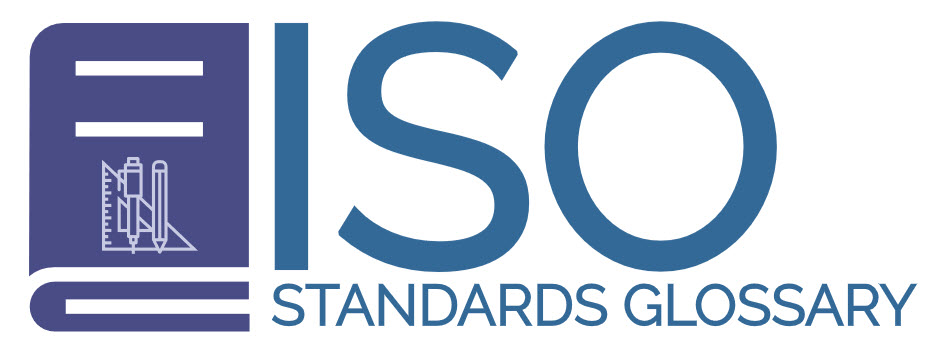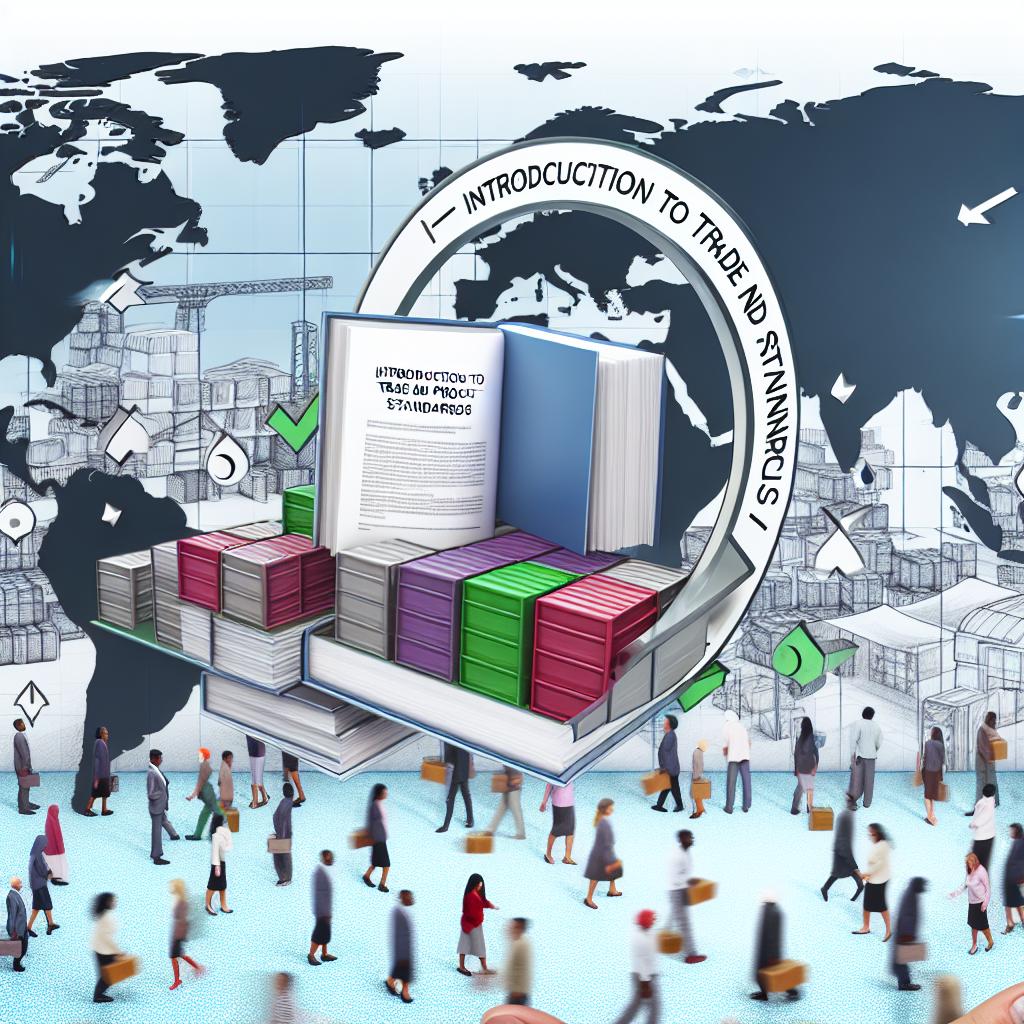Understanding Trade and Product Standards
Trade and product standards are critical components in the realm of international commerce. These standards ensure that products are safe, reliable, and of good quality. They also facilitate trade by eliminating barriers caused by varying national regulations.
The Role of Standards in Trade
International trade is powered by a complex network of agreements and regulations designed to streamline the exchange of goods and services. Standards promote uniformity and help reduce time and cost associated with trade. By adhering to commonly accepted standards, businesses can ensure that their products meet the necessary requirements for global markets.
Types of Standards
Product standards are specifications or guidelines designed for products or services to ensure quality and safety. Meanwhile, process standards focus on the methods and practices used to produce goods. When manufacturers adhere to these, they align their operations with international expectations.
Product standards often dictate the physical characteristics, quality, performance, and reliability of a product. For example, electrical appliances must meet specific safety standards to prevent hazards such as fires or electric shocks. These regulations assure consumers that the products they use will work as intended without causing harm.
Process standards, on the other hand, involve requirements related to manufacturing practices rather than the final product. These standards are designed to enhance efficiency, guarantee consistency, and minimize waste in production. By maintaining certain practices, companies can reduce defects and increase productivity, ensuring that the manufacturing process itself meets global expectations.
Importance of Compliance
Adhering to established product standards is more than just a regulatory requisite. Compliance enhances consumer trust, which in turn can open up new markets. Companies that fail to comply risk reputational damage and financial loss.
Compliance with product standards ensures that businesses meet not only legal requirements but consumer expectations as well. This can lead to enhanced brand reputation and customer loyalty. Companies that prioritize compliance typically enjoy higher levels of customer satisfaction and repeat business, as consumers trust that their expectations will consistently be met.
Examples of Product Standards
There are numerous organizations worldwide that develop and maintain standards. For instance, the International Organization for Standardization (ISO) provides standards across industries, ensuring global adopters maximize quality and safety benchmarks. Standards such as ISO 9001 for quality management and ISO 14001 for environmental management are widely recognized.
The ISO 9001 standard outlines criteria for a quality management system that organizations can use to demonstrate their ability to consistently provide products and services that meet customer and regulatory requirements. Conversely, ISO 14001 focuses on environmental management systems, helping organizations improve their environmental performance through more efficient use of resources and reduction of waste.
Technical Regulations vs. Standards
It is important to distinguish between technical regulations and standards. While standards are generally voluntary, technical regulations are mandatory. Nations use technical regulations to safeguard human health and safety, protect the environment, and ensure trade fairness.
Technical regulations usually come into play when governments seek to ensure public safety and environmental protection. These regulations mandate compliance with certain requirements, and failure to adhere to these can result in significant penalties or restricted market access. Thus, understanding the distinction between voluntary standards and mandatory regulations is essential for businesses involved in international trade.
For example, while a product standard like ISO 9001 is voluntary and used to improve competitiveness, a technical regulation might require certain safety features in electronics to curtail the risk of fire hazards. Compliance with such regulations is not optional and often requires rigorous testing and certification.
Impact on Global Trade
Uniform standards are vital for enabling the smooth operation of global trade. By harmonizing standards across borders, countries can prevent barriers that arise from conflicting regulations. Organizations like the World Trade Organization (WTO) work to minimize these barriers by encouraging the adoption of international standards.
Global adoption of standardized practices reduces the complexity associated with international commerce and facilitates cross-border trade. When different regions follow a unified set of standards, companies can enter new markets more quickly and efficiently, knowing they comply with the necessary quality and safety benchmarks.
Challenges in Standard Harmonization
The harmonization of standards, however, presents challenges. Differences in technical specifications, language, and cultural perspectives can complicate standard adoption. Cooperation between international standard-setting bodies, such as the ISO and national government agencies, is crucial for overcoming these barriers.
Geopolitical dynamics and economic interests often drive divergence in standards. While one country might prioritize strict environmental controls, another may focus on cost efficiency. These differences can cause discrepancies and require diplomatic negotiation and mutual recognition to achieve harmonization.
Moreover, translating standards into various languages while maintaining accurate technical details poses another dimension of complexity. Consistent communication and understanding among involved parties are essential for ensuring that standards are understood and implemented as intended.
Conclusion
In conclusion, trade and product standards serve as essential tools in the regulation of international commerce. They underpin product safety, quality, and interoperability, facilitating easier market access and fostering consumer trust globally. As international markets continue to grow, the role of unified standards becomes increasingly critical in ensuring seamless trade operations.
Looking forward, the integration of new technologies and emerging industries will likely prompt the evolution of standards to address future challenges. Continued cooperation between countries and standard-setting organizations will be vital in adapting to economic trends and maintaining the efficacy of international trade standards.

